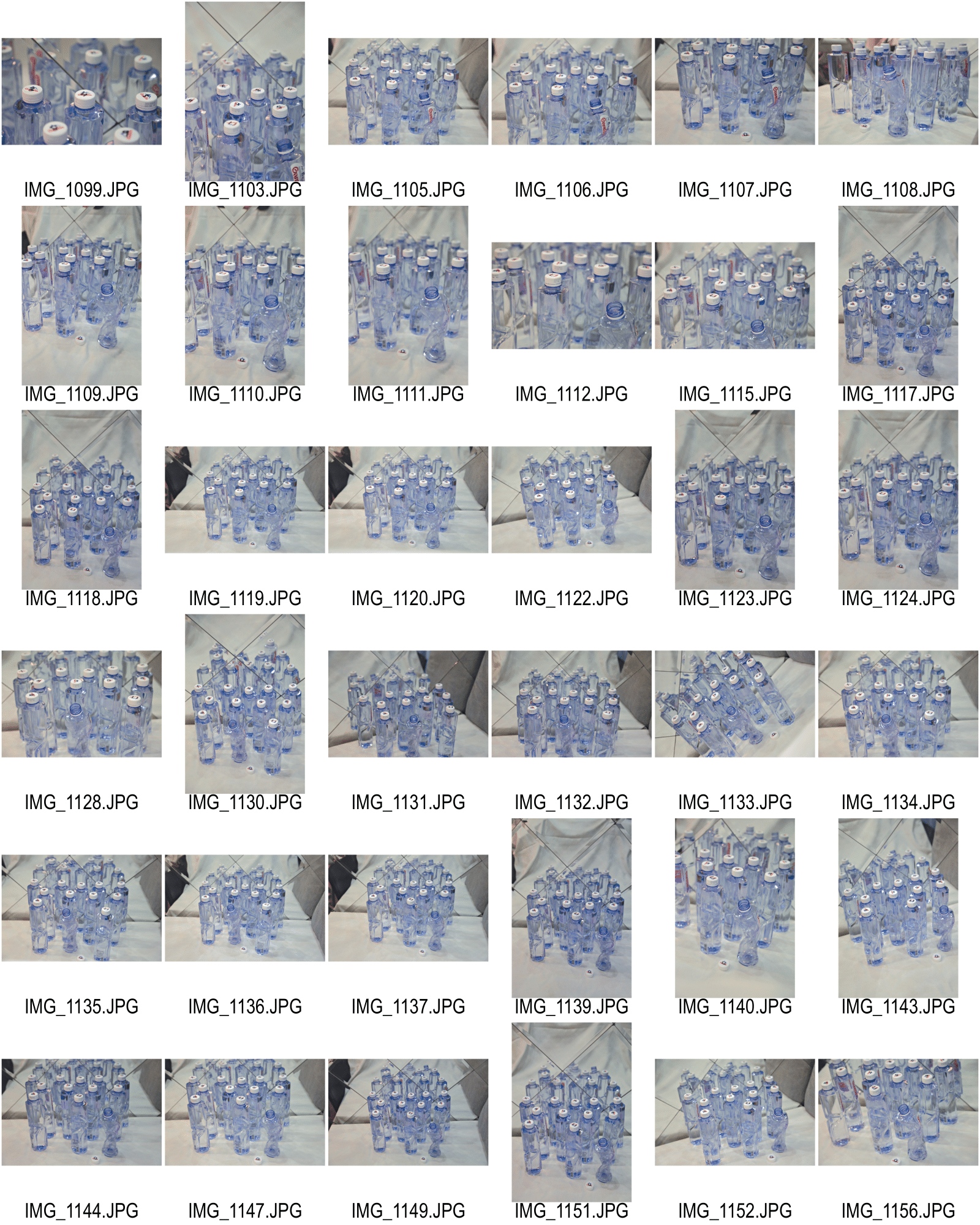
Anita Luo Contact Sheet Activity
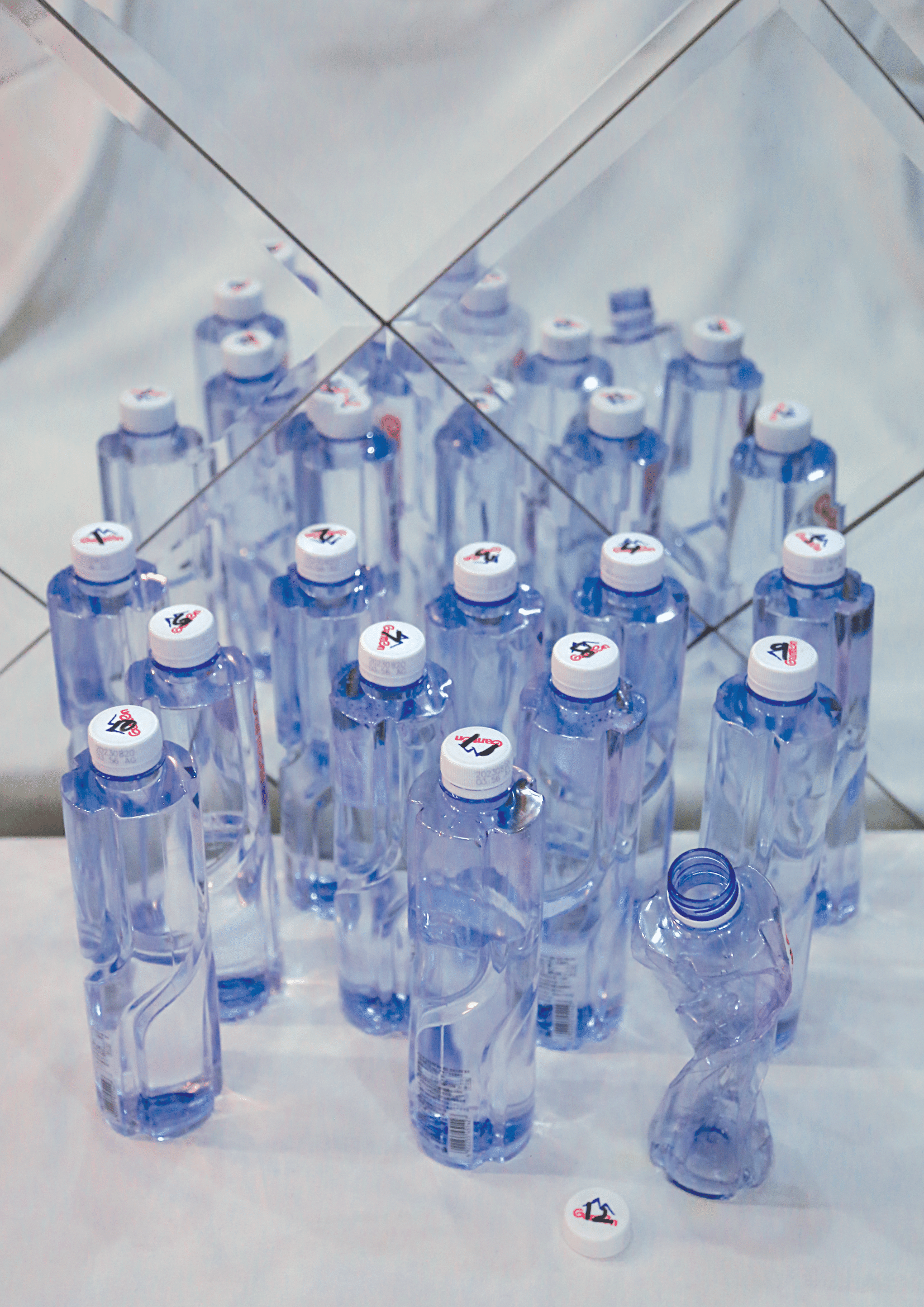
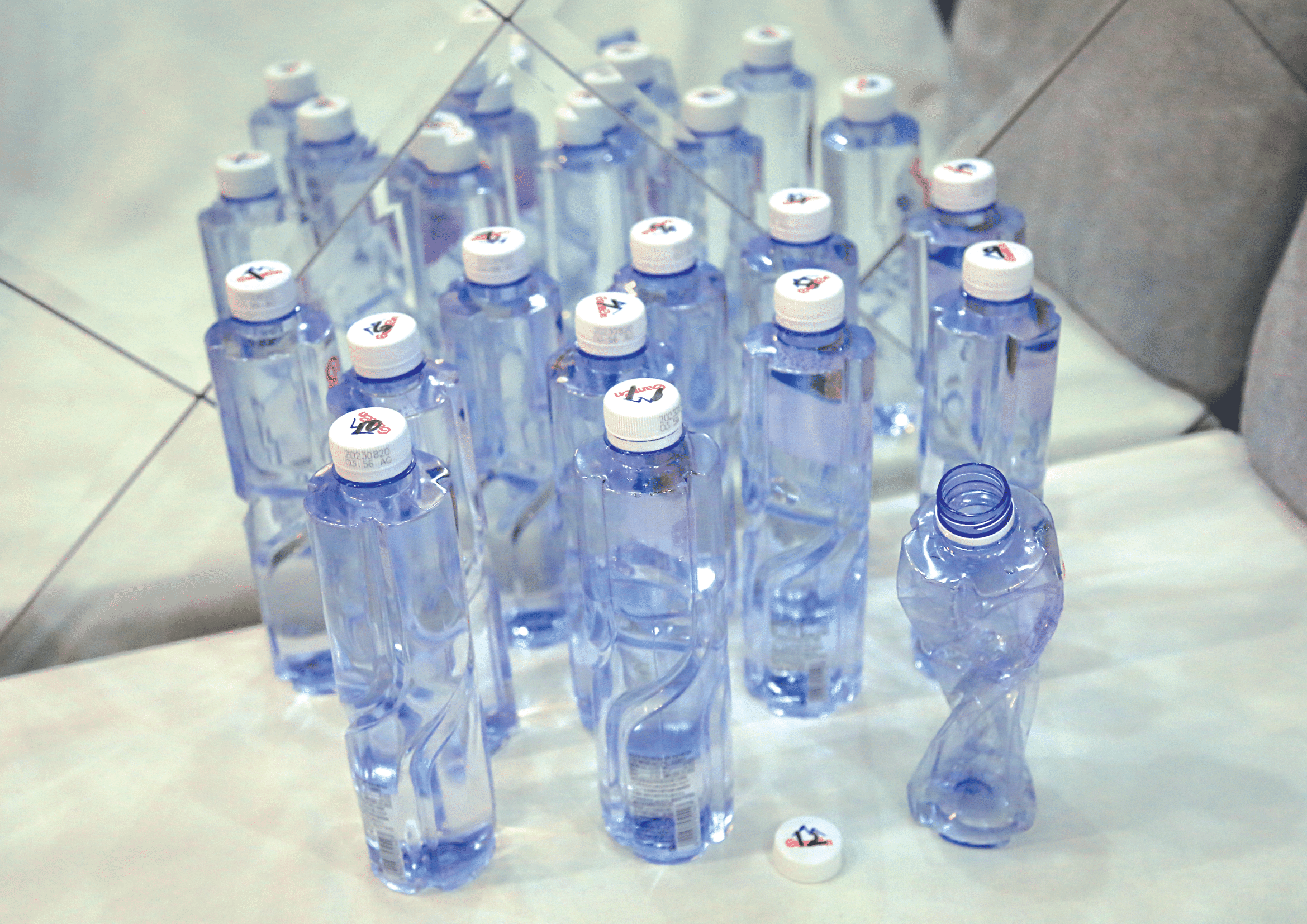
Proposal
After reading In Our Own Image by Fred Ritchin. I’ve come to realize the importance of using photography not to stop time but to track it; not to fragment space but to enlarge it; and not to tell an unmediated truth but to engage in a dialectic with human beings(xx, 125). We should take advantage of the “fluidity” of digital photography to challenge and explore our perceived reality and scrutinize the little details for the bigger picture.
Brainstorming
During my time at home for the National Holidays I found an overwhelming amount of products such as water bottles, beauty products, and gadgets that my sister bought. I thought to myself: do we really need these? The most absurd product to me was the water bottle. As a South African, I grew up in a drought which made water bottles very valuable. However, in Shanghai, I found it lacking its highest purpose. What is its purpose?
Inspiration & Conceptual Integration
Consumerism
In South Africa, the desire for the consumption of goods and services is not so prominent compared to China. Thus, I wanted to present my perspective on consumerism and challenge its notion. As Ritchin suggests, I do not want to offer a truth such as “consumerism is bad” but to prompt the viewers to wonder about its implications.
Water bottles
I found that water bottles have a very unique shape to them and I’d like to change it’s shape in some way in the final composition.
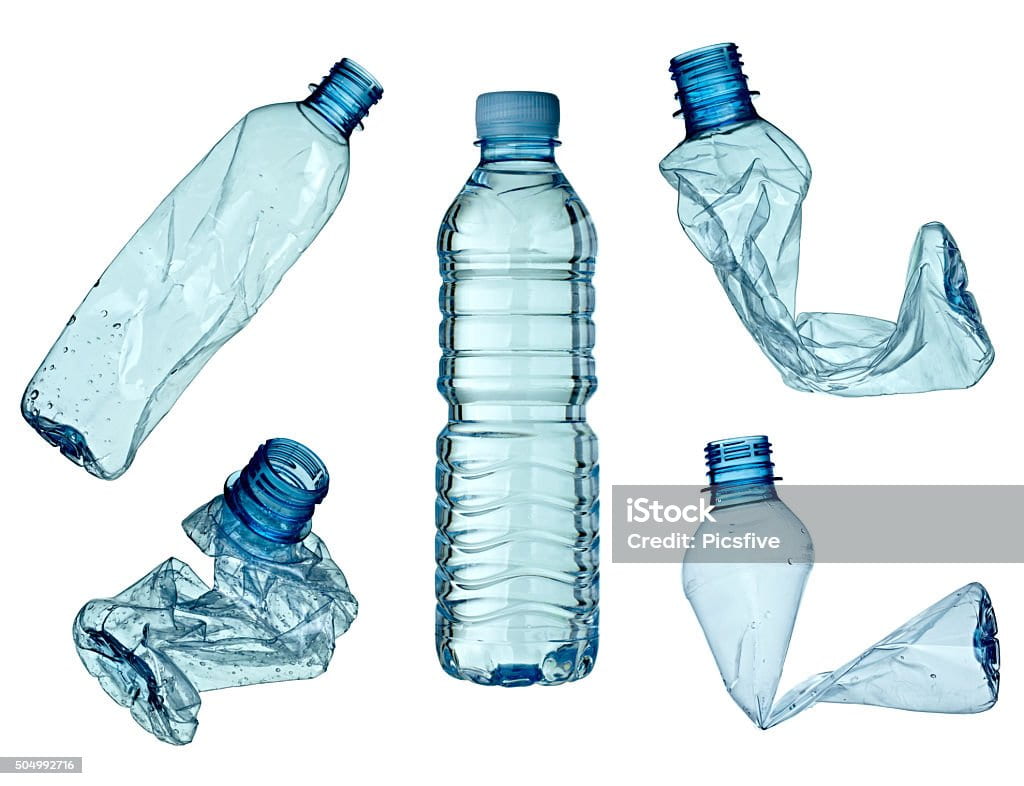
The Mirror
Mirrors generally symbolize a person’s spiritual and psychological depth. They don’t just reveal our appearance, but also who we are on a deeper level—our truth. Generally speaking, mirrors represent a person’s depth of soul and mind. I would like to use the mirror I have in my home as a means to broaden the conceptual space within my still life—to leave more room to contemplate.
Process
Preparation: Practice
Useful learning resource: https://www.photopills.com/articles/exposure-photography-guide
In the following two images, I wanted to draw a parallel through similarity. On one hand, there is a scene of trees, and on the other, the metro train. This touches on the theme of nature versus manmade.
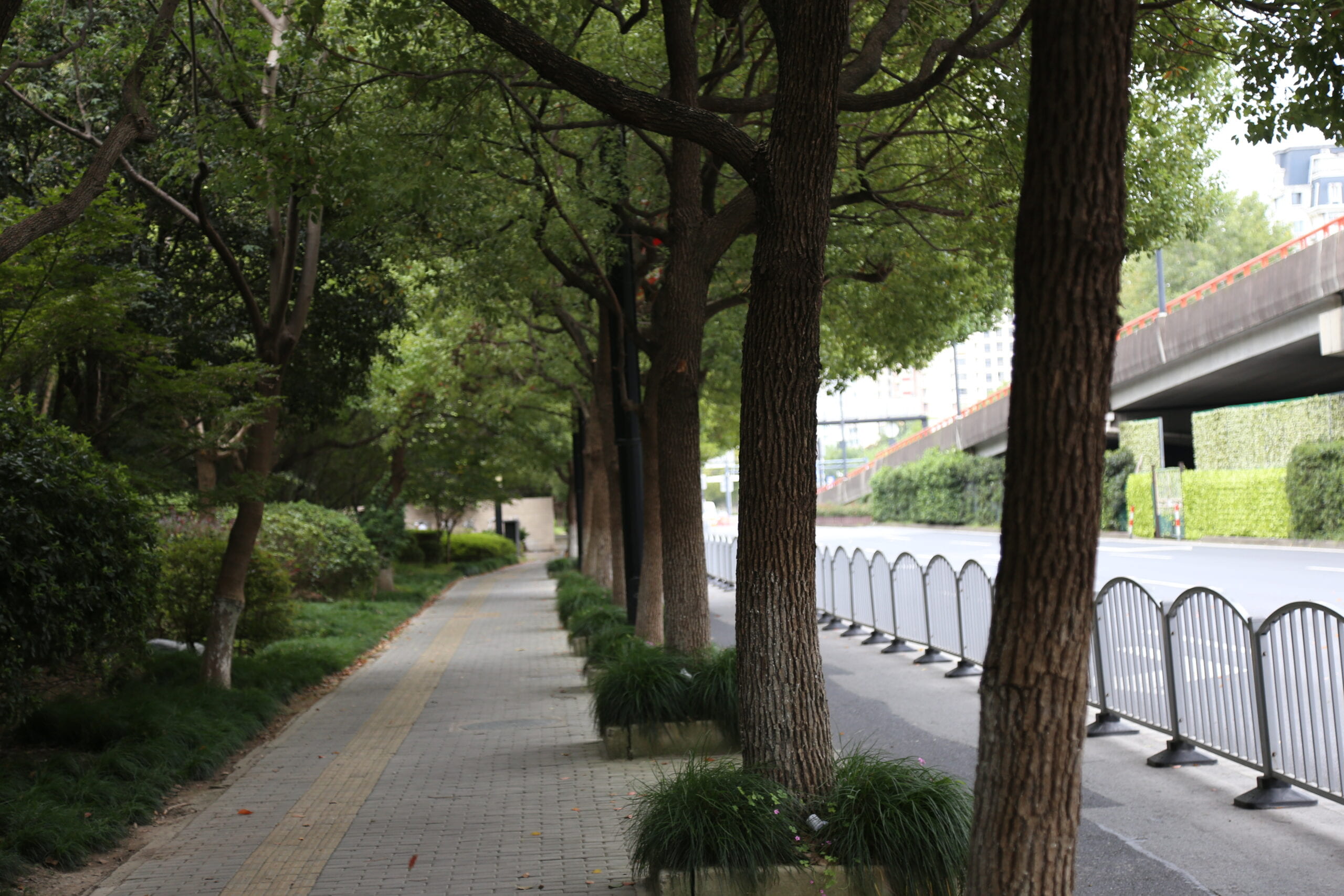
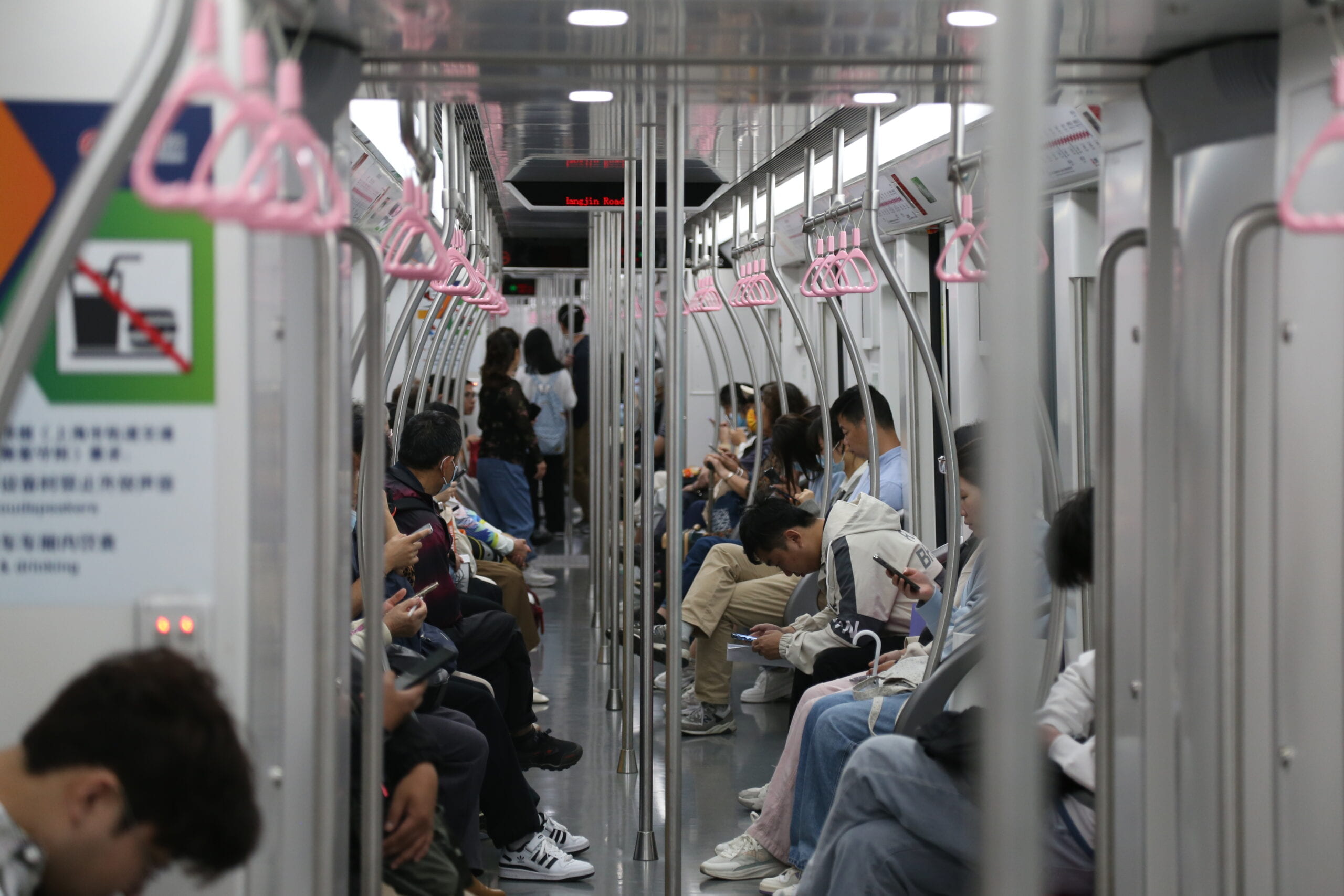
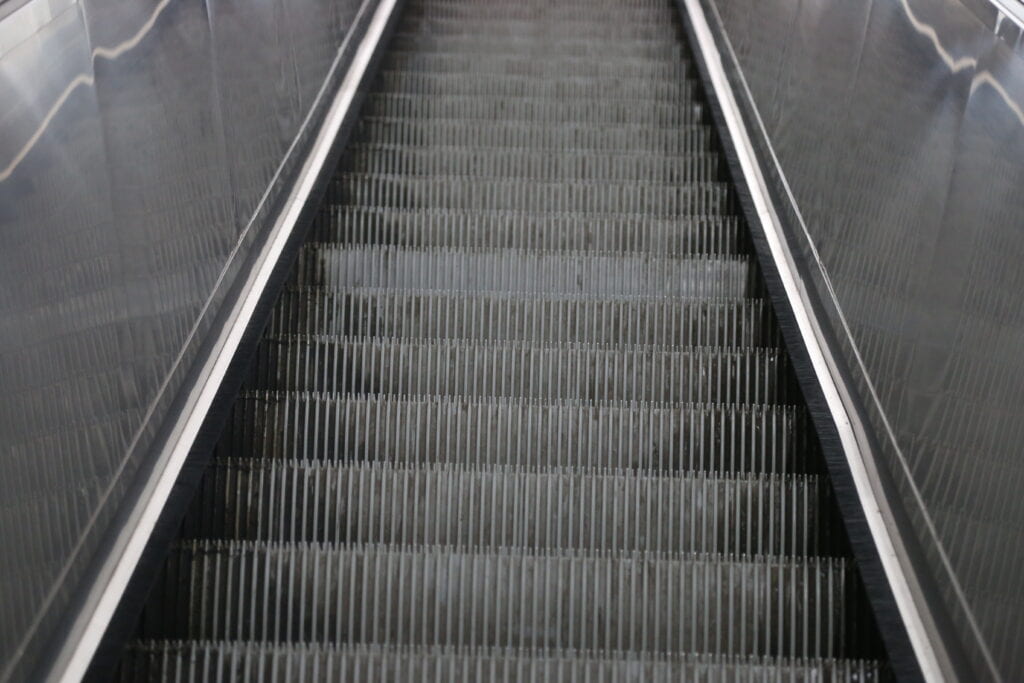
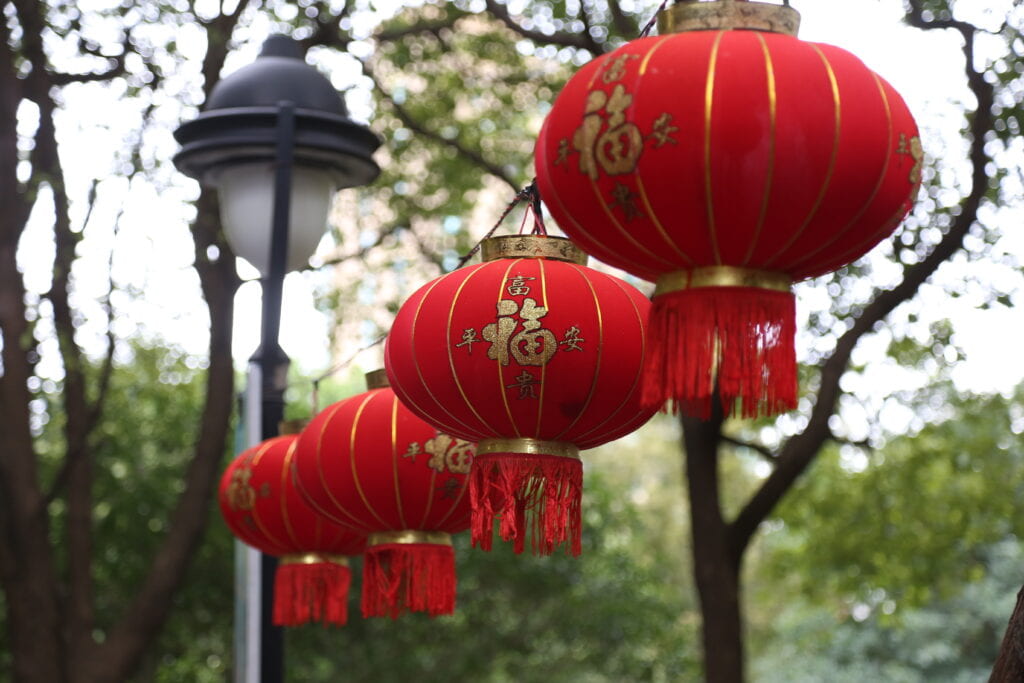
In the following two images, I practiced adjusting the aperture of the camera. The images were taken in an elevator. These photos are unique in that they carry an alternative space or universe.
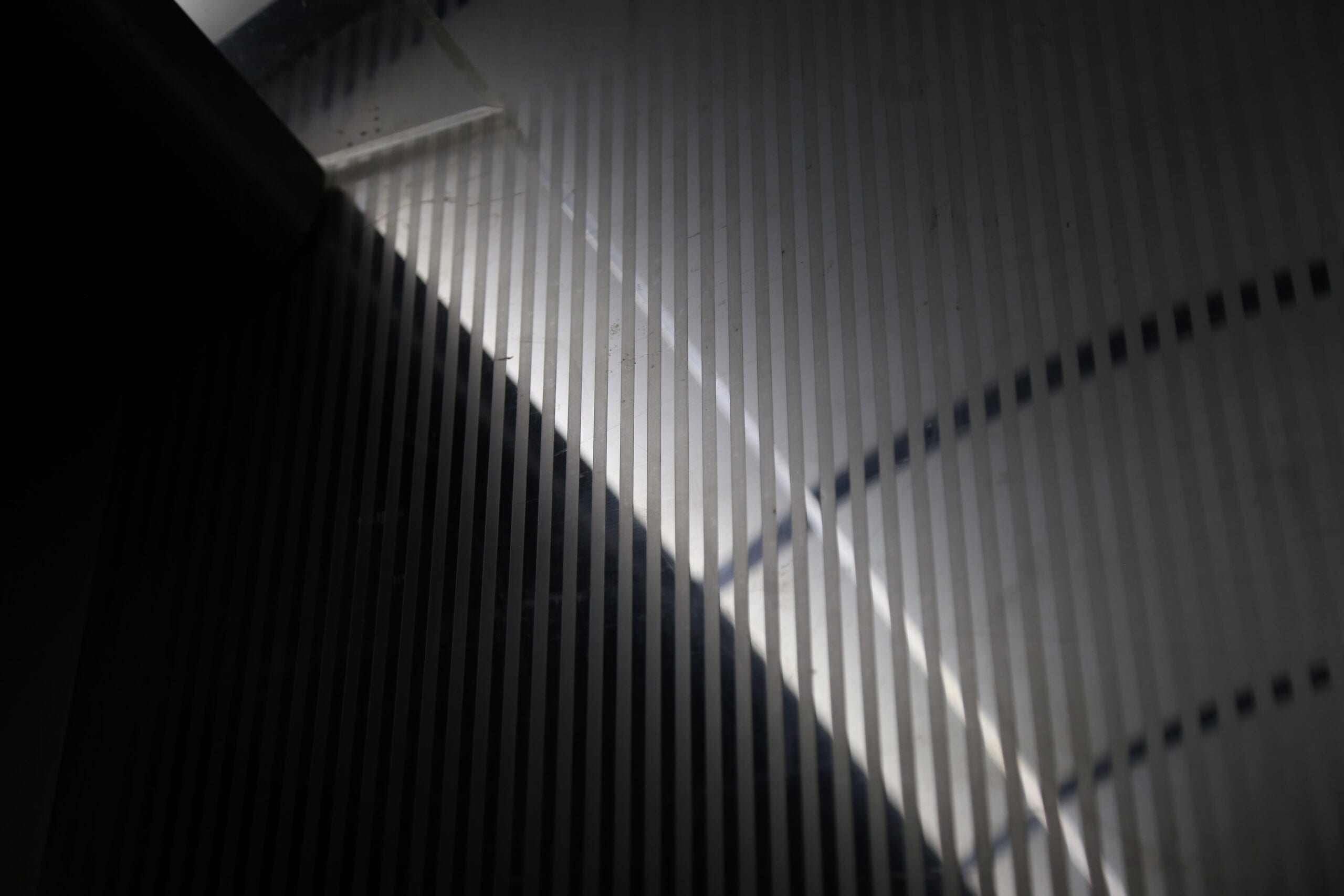
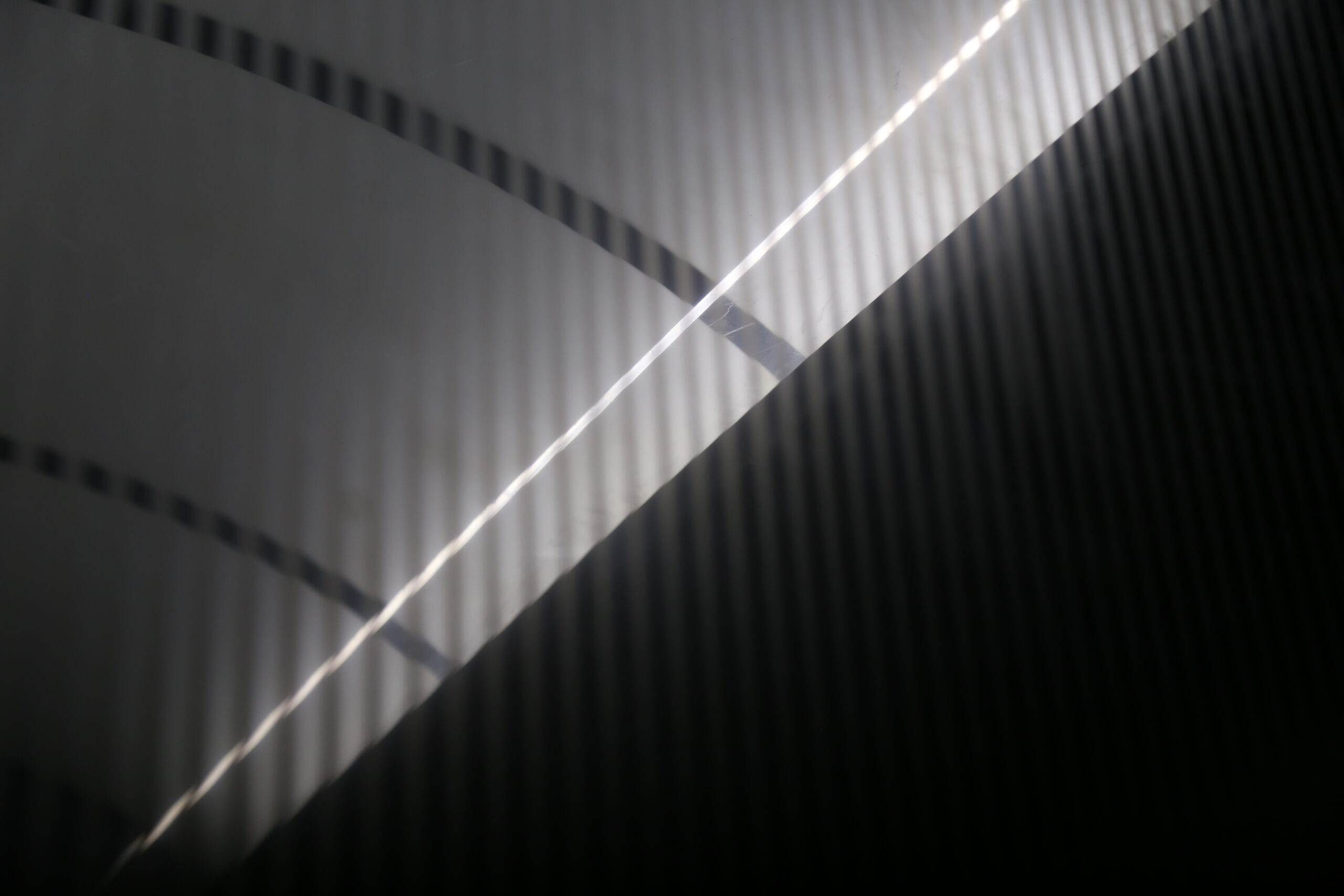
Step 1: Setting and Objects
Using an old white cloth and the water bottles I had at home, I set up a mini-studio and still-life setup for the activity. I intentionally twisted one of the bottles to create contrast within the pool of similar-shaped bottles. I also labeled each bottle cap to draw on the idea of marketing and labeling as well as to draw attention away from the brand of the bottle.
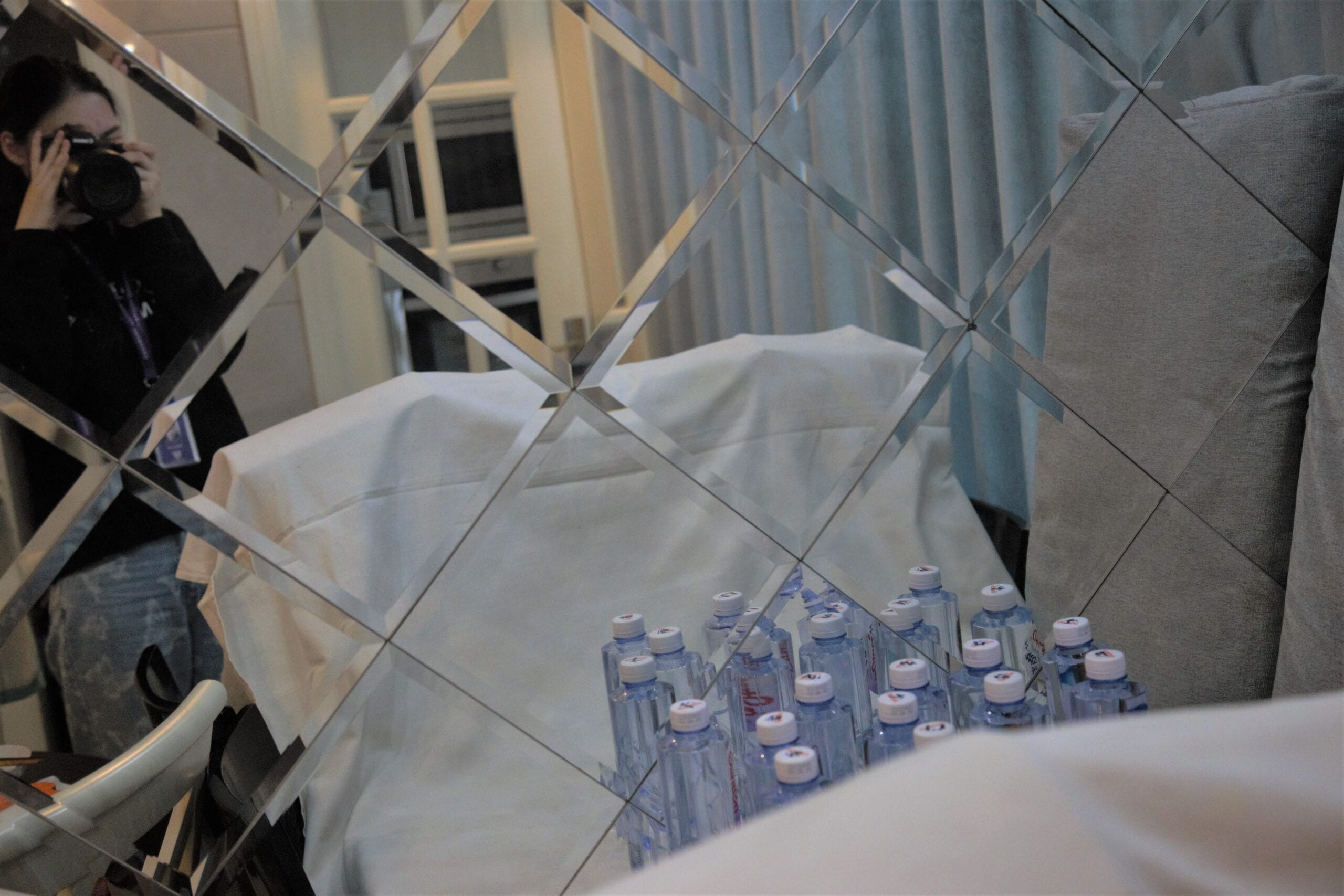
Step 2: Shooting and Contact Sheet
While shooting I also tried different placements. I created a photo contact sheet with the 36 stills that I took and printed it out as well as 2 photos that had the best compositions.
Step 3: Adobe Photoshop
I utilized levels, curves, brightness/contrast, and unsharp masks to touch up the images.
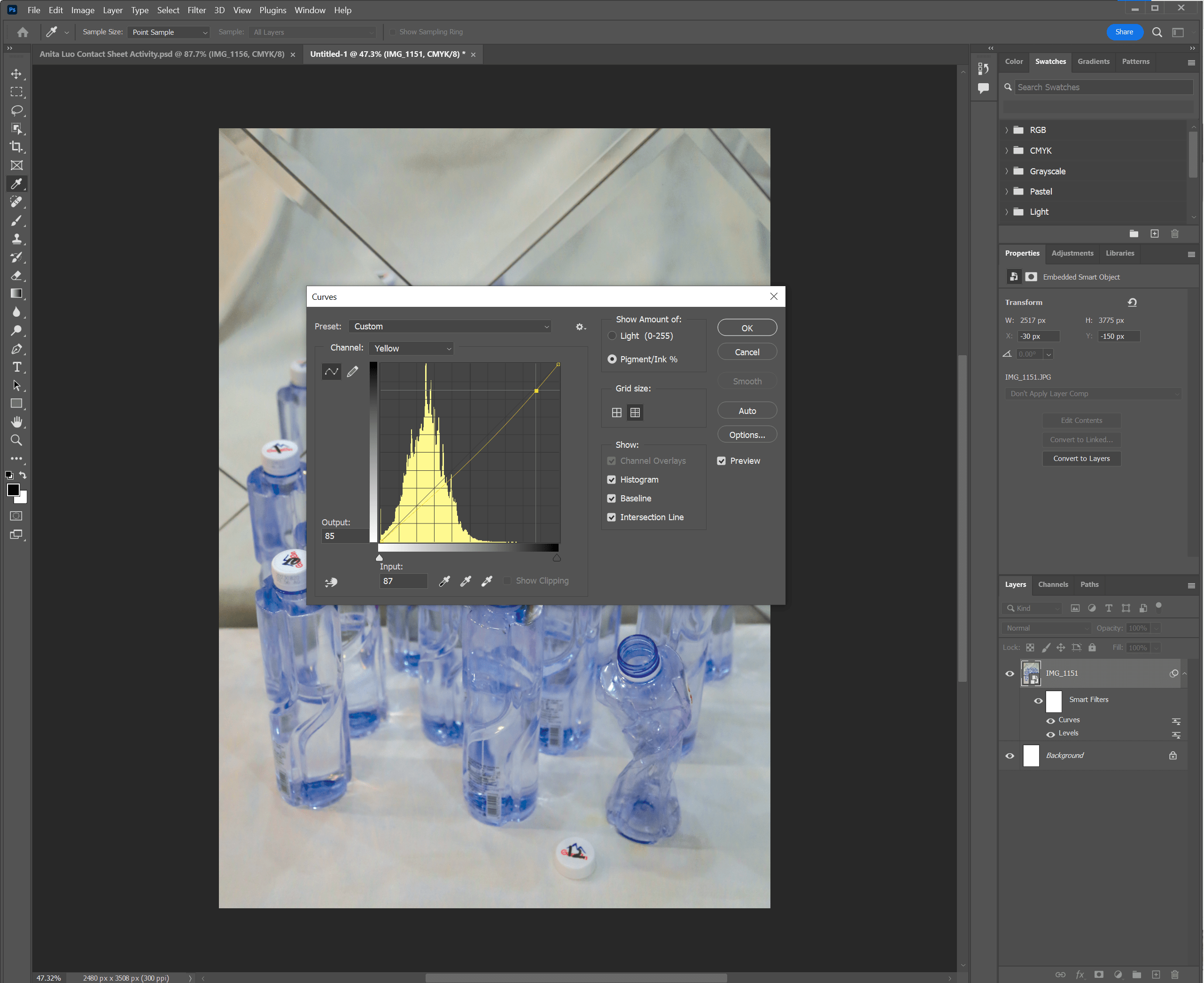
Audience Reception
The twisted water bottle adds movement to the composition. It feels as if it is moving towards the viewers. The blue bottles can also be a great color contrast to the pink handles on the metro train. Furthermore, the two complementary images in the elevator piqued the interest of the professor.
Rationale
Using different angles and editing, I was able to practice the manipulation of digital photography to embrace its “fluidity”. Photography can become a means for us to touch on aspects of our lives and engage in theory with the viewers. I intend to use the skills that I have gained in this activity for my Photo Diptych project.
One thought on “Photo Contact Sheet”